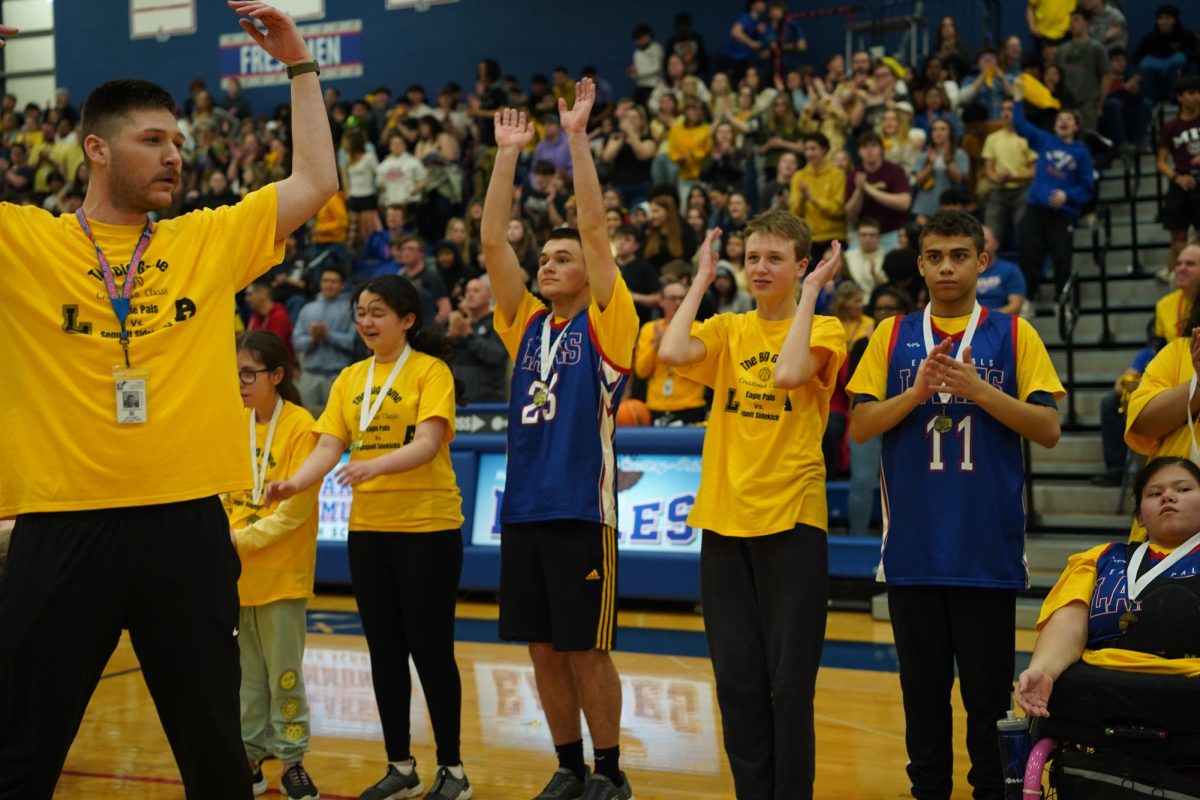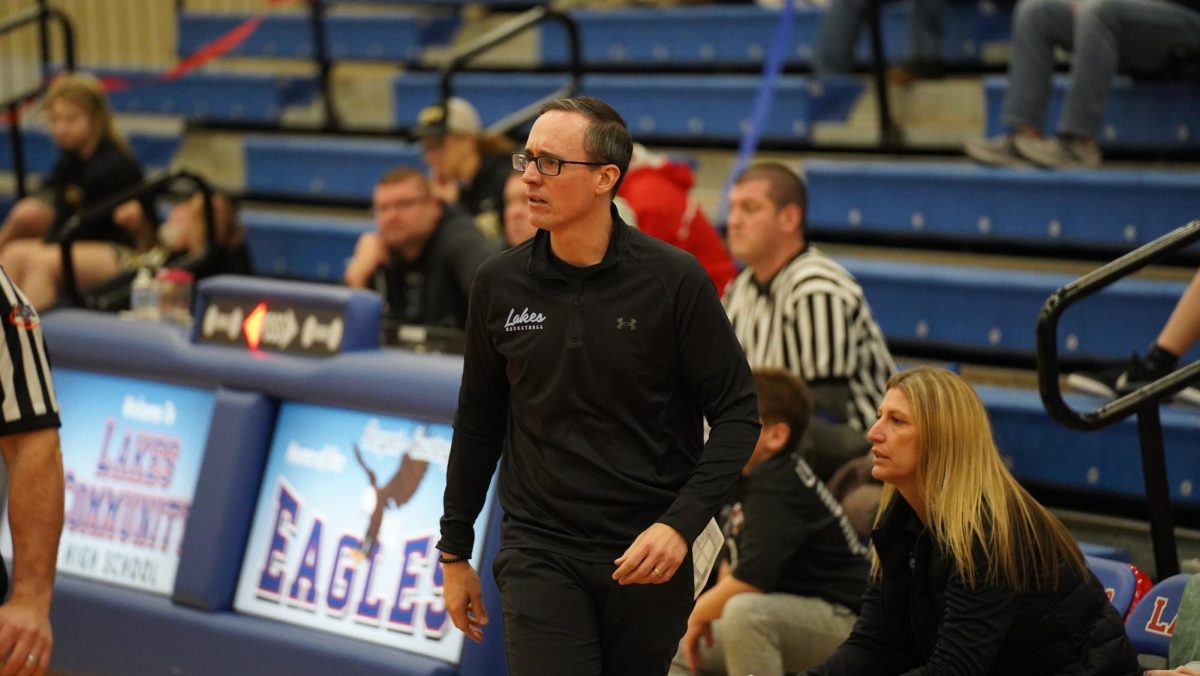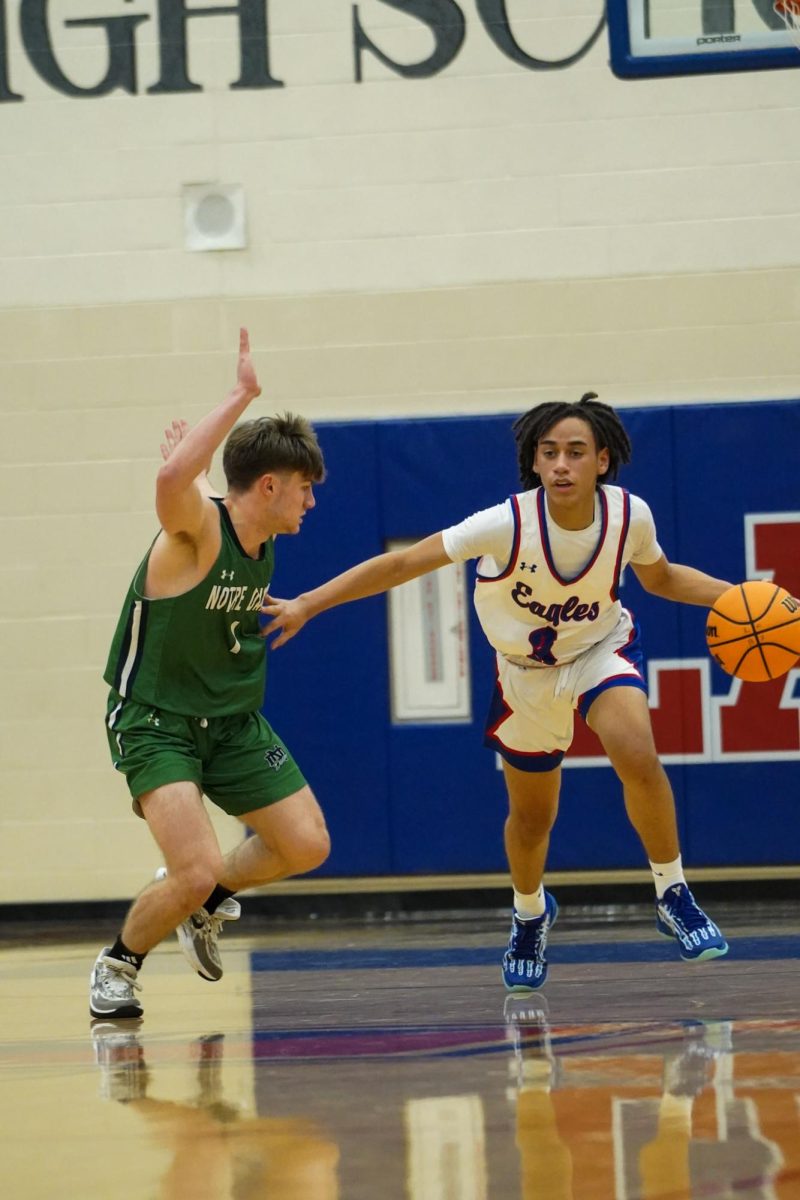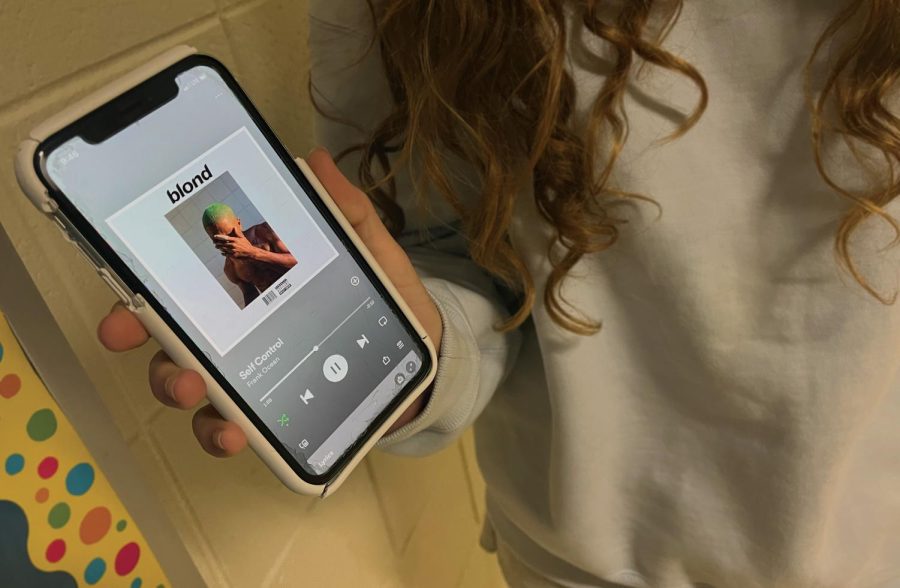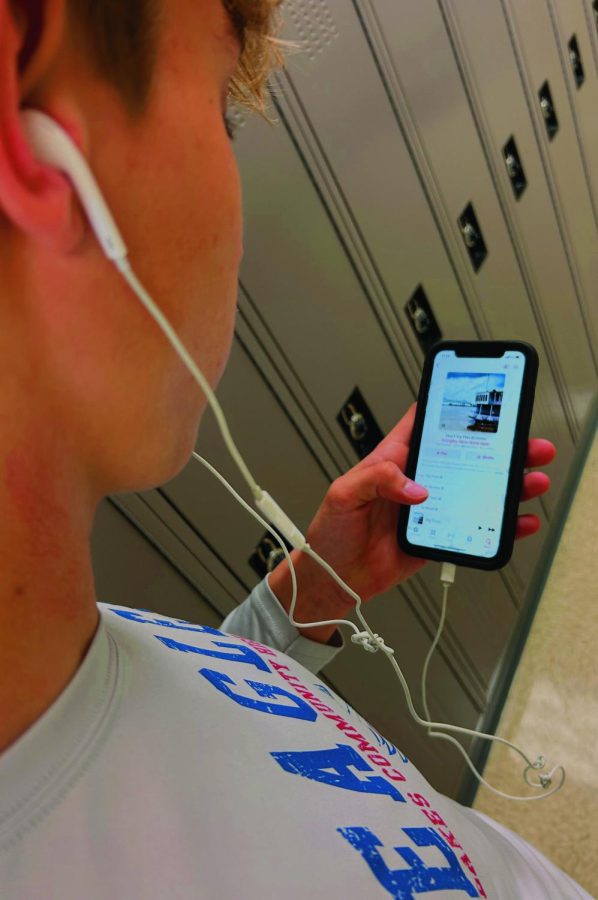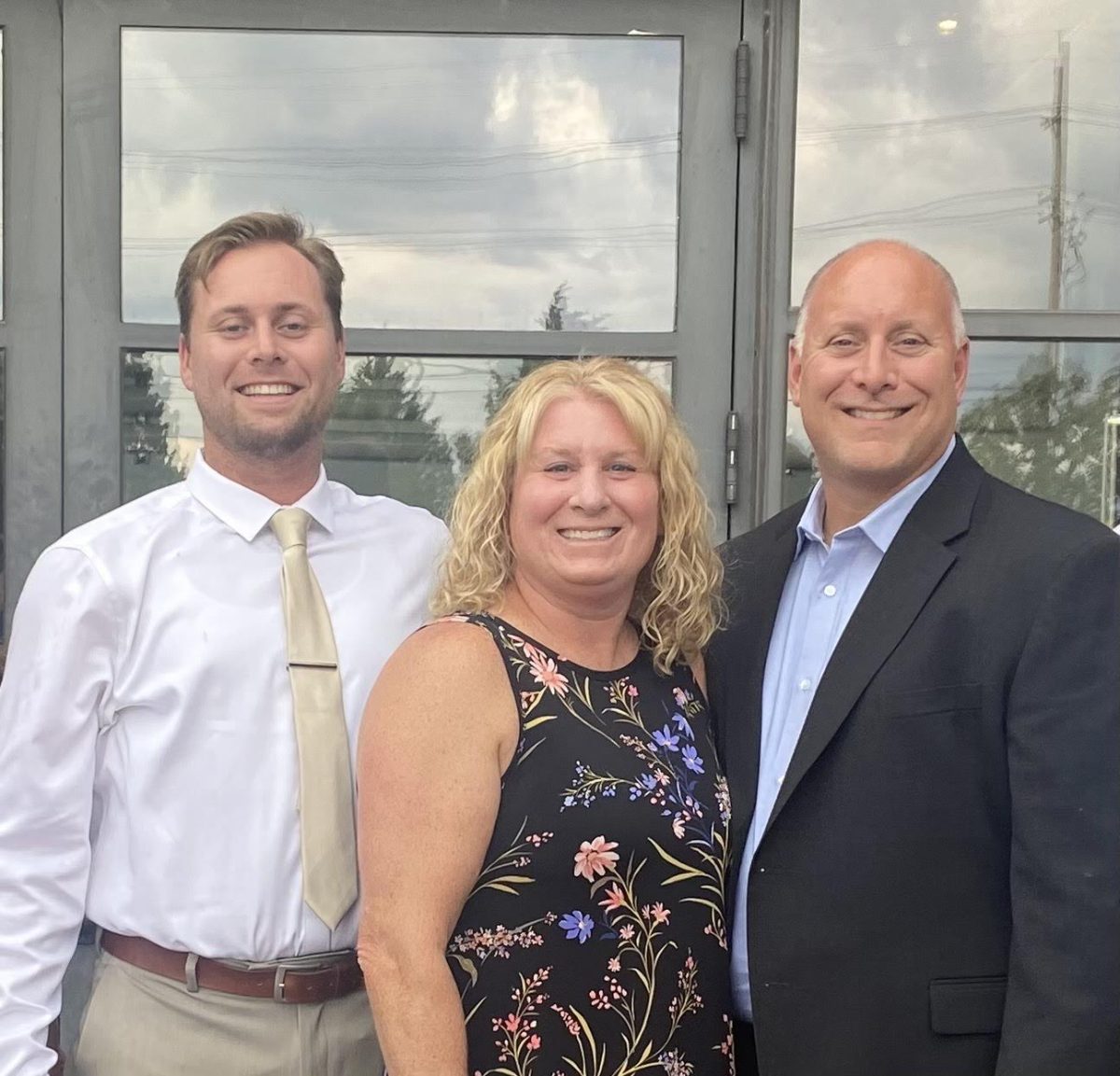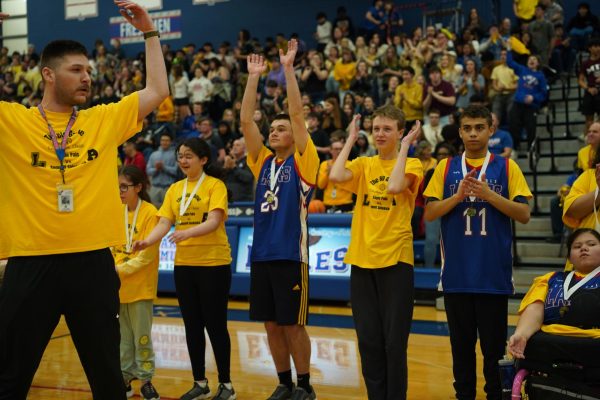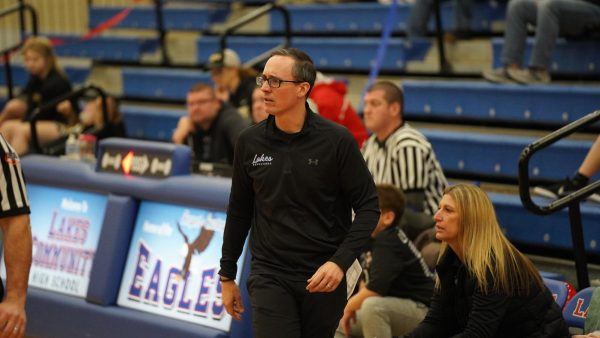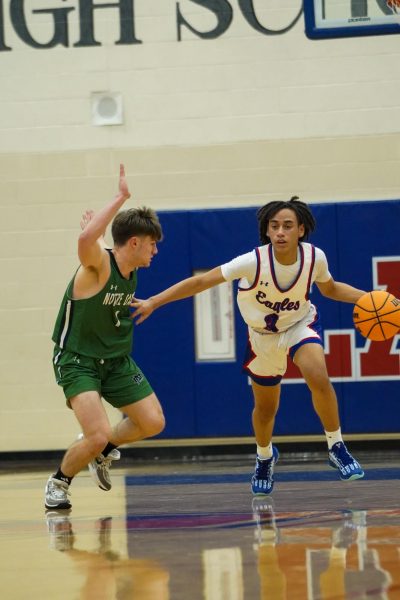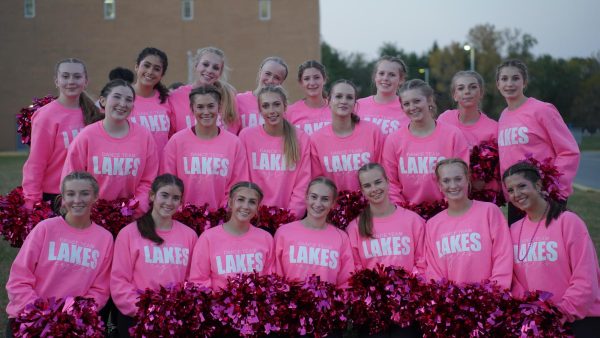A, B, C, It’s Not Easy Reopening
In the last two weeks, students have returned to Lakes for in-person learning with their assigned groups. This round of in-person learning is the most ambitious yet, as groups are combining from those made back in the fall, as each set of 1 and 2 groups are combining with their counterparts to make groups of letters: A, B, and C.
This means that each day, double the amount of students from the first round of in-person learning will populate the school and split attention between a growing number of students in the same location as teachers as well as the students still at home that teachers still need to support. Mrs. Goldkind and Mrs. Cornelius, the instructional coaches for teachers at Lakes, added that “a lot of teachers are getting creative, like using multiple devices to present simultaneously to kids in their physical classroom and kids at home” in order to reach across the divide and keep both virtual and in-person students engaged. They also added that “teachers have been using more technology tools to keep kids connected to each other”, including Jamboard, small groups in Google Meets, and Hyperdocs.
The hope is that students would combine into even larger groups if possible later this year, such as the plan to “possibly move to an A and B group rotations [sic] sometime after spring break, as long as the Covid numbers allow”, according to Principal Newberry. Newberry also said that he “personally would love to be back to full in-person as soon as possible”, which shows that the school is confident in the success of the safety protocols in place. Newberry said “that with our mitigations in place we are really safe here at school and that helps us move to bring more students into the building”, reaffirming that the protocols are effective.
As Lake County in general is starting to make progress in beginning its latest wave of reopening efforts, the return to in-person learning is well-intentioned, but the coronavirus is still raging on. Despite this, the positives of being in-school can make learning more efficient than when remote. Students cited many reasons that in-school would be better than remote on the Thought Exchange that took place in the fall, ranging from less distractions in an in-school setting to more direct access to help with work. This makes the process worth it in a strictly academic perspective.
Overall, none of the proposals to how school should be done come without issues, whether they are academic or wellness-oriented. As District 117 weighs the pros and cons of each type of learning, as well as evaluating the results of the current system after each group gets into the building, they will be putting everyone’s safety first and foremost.
